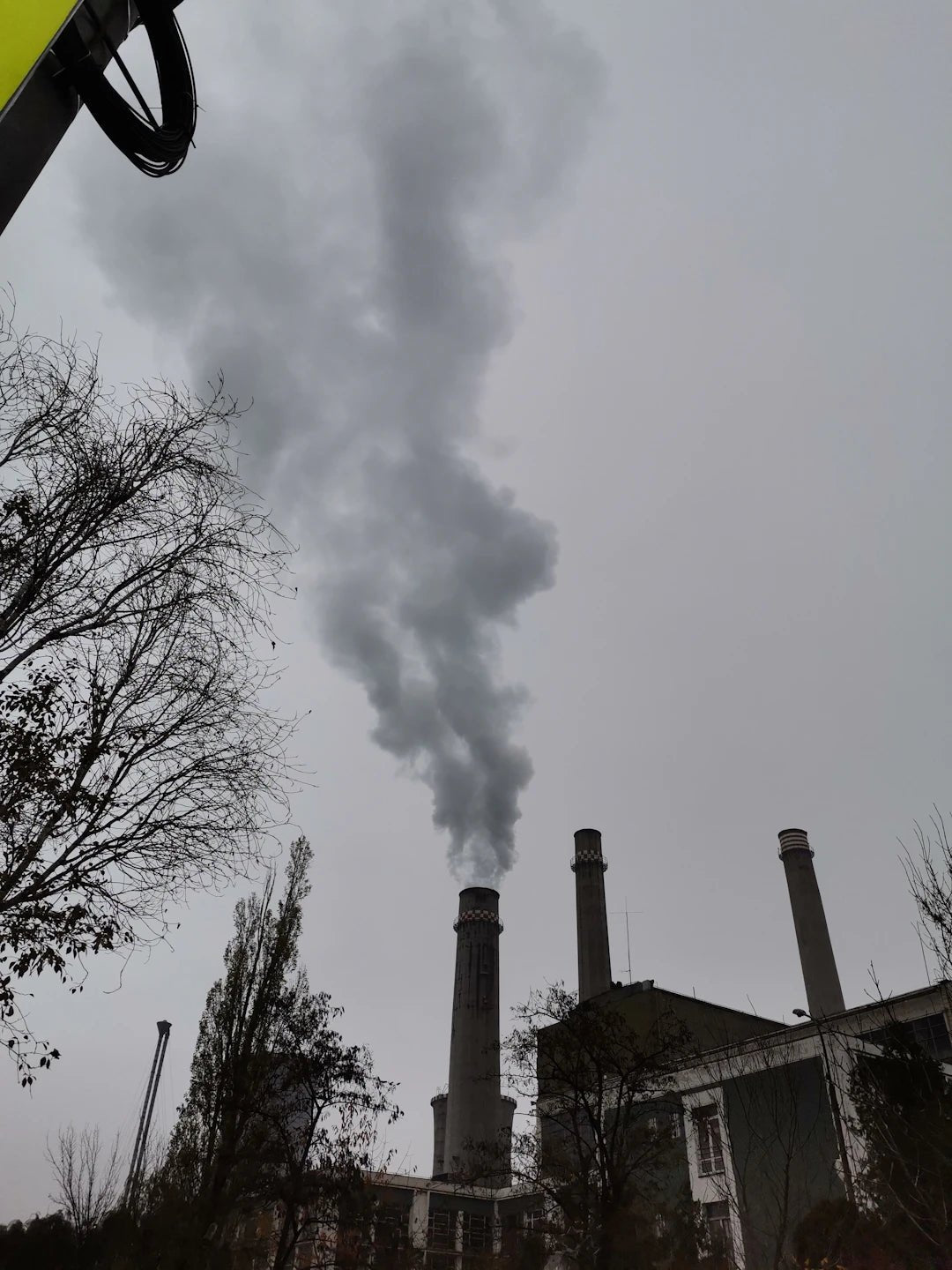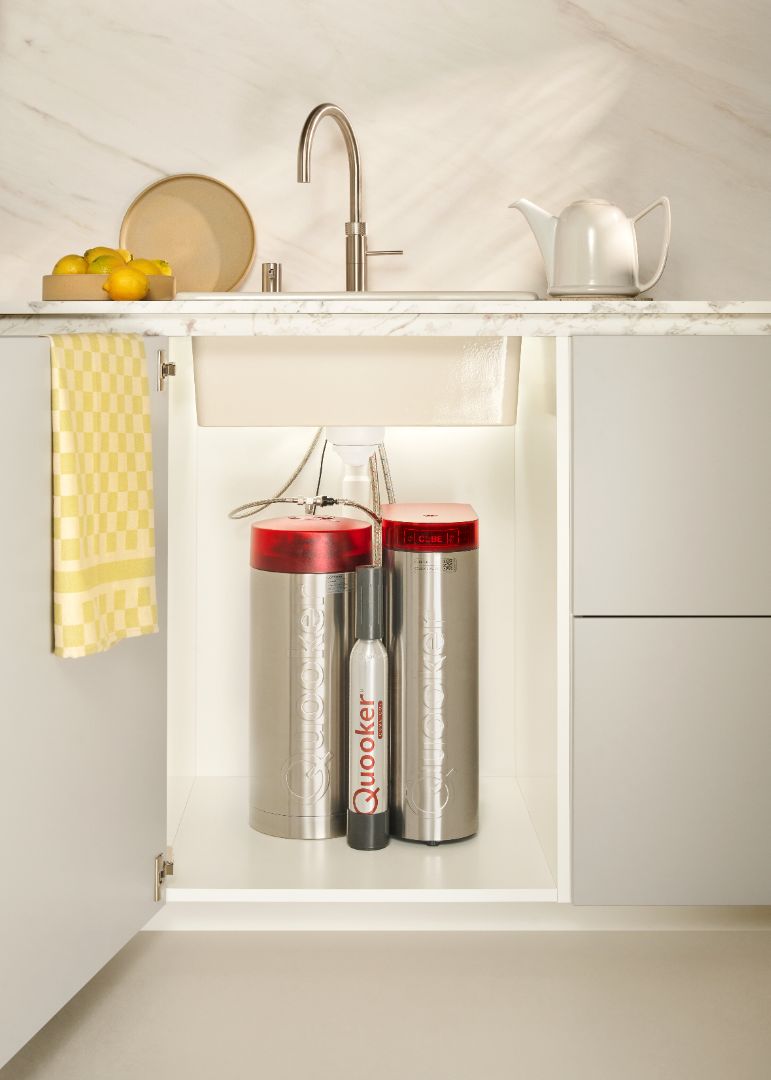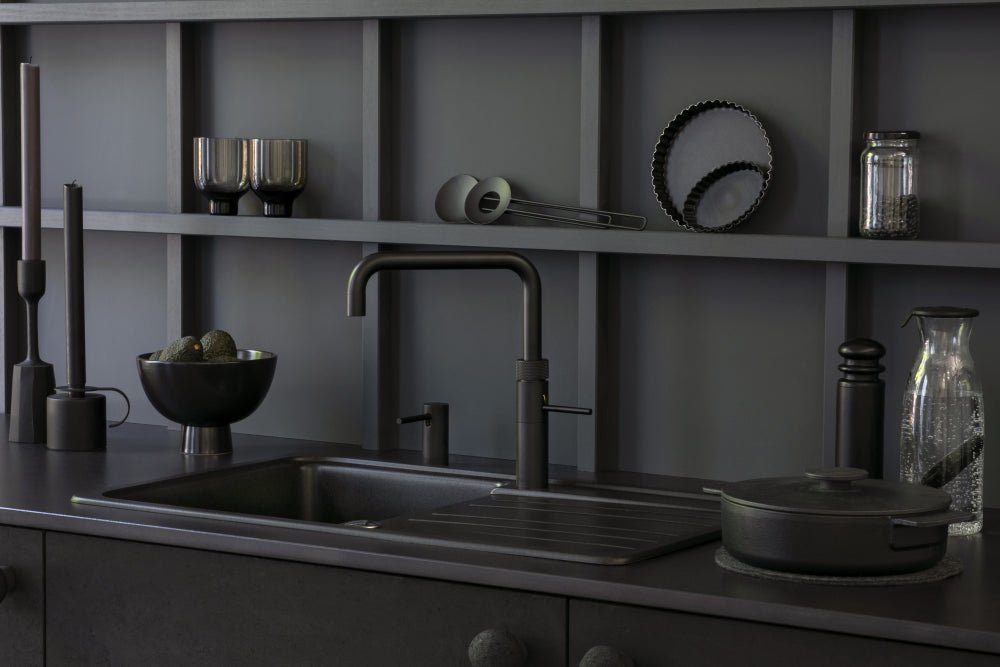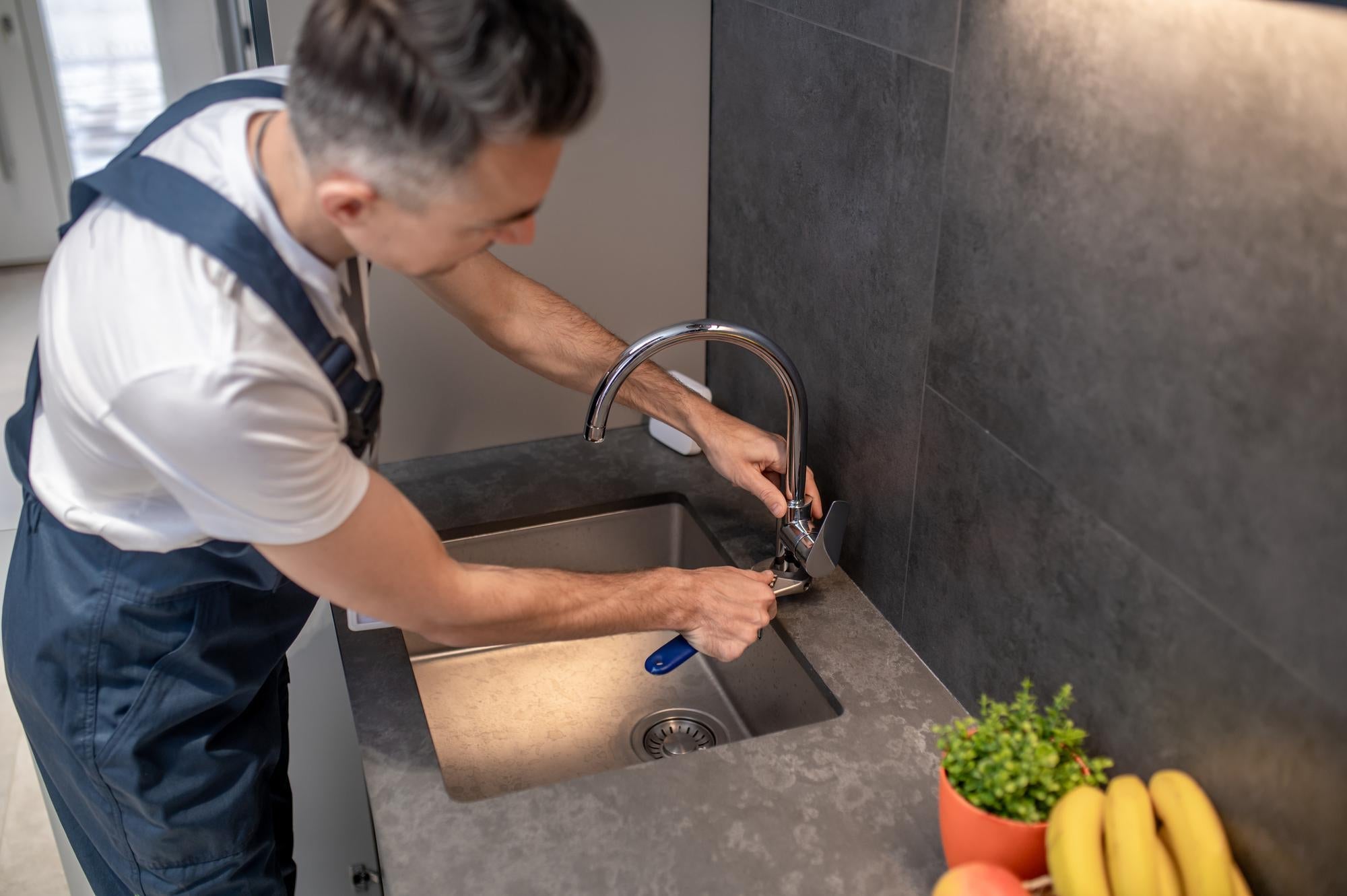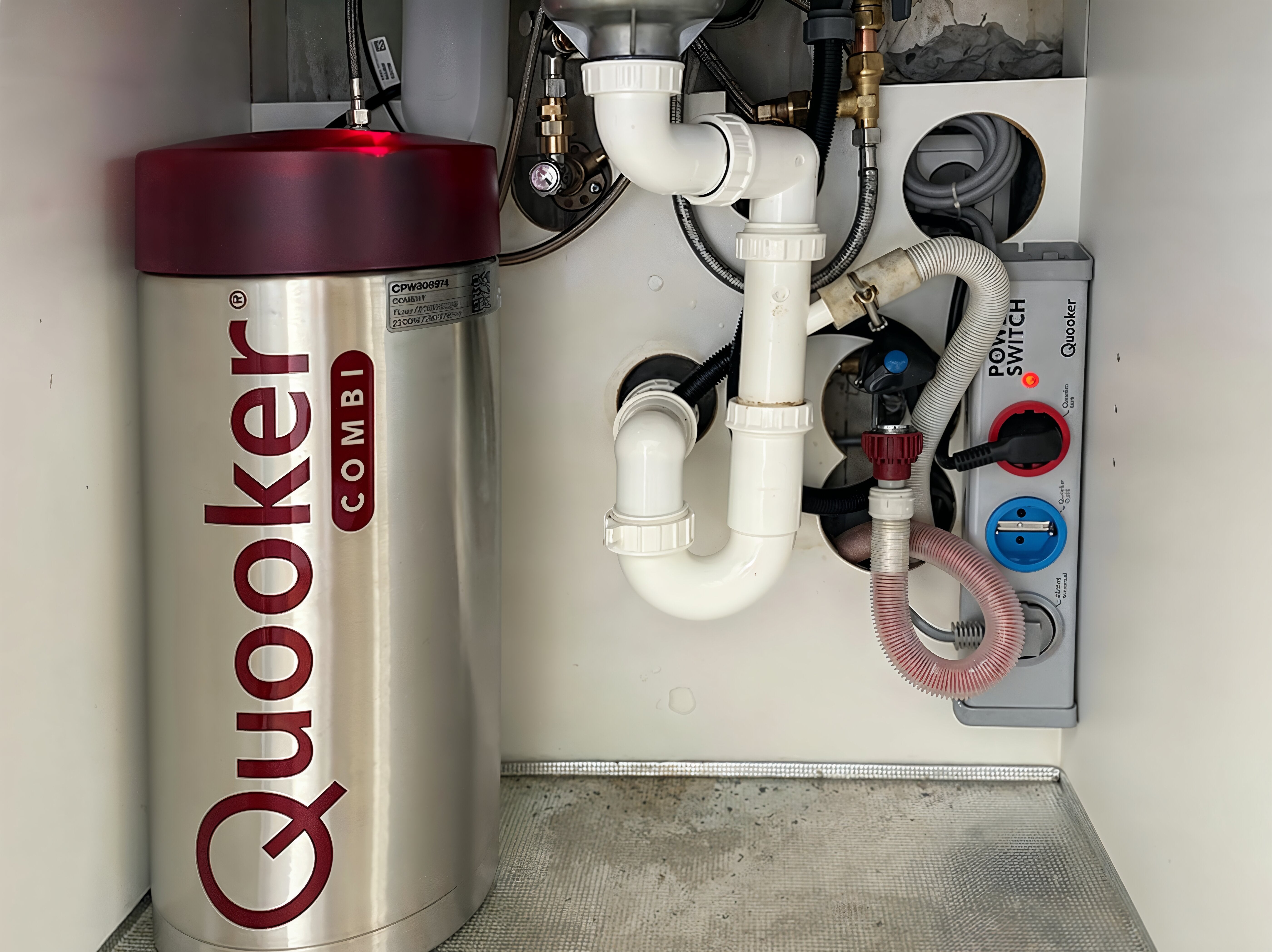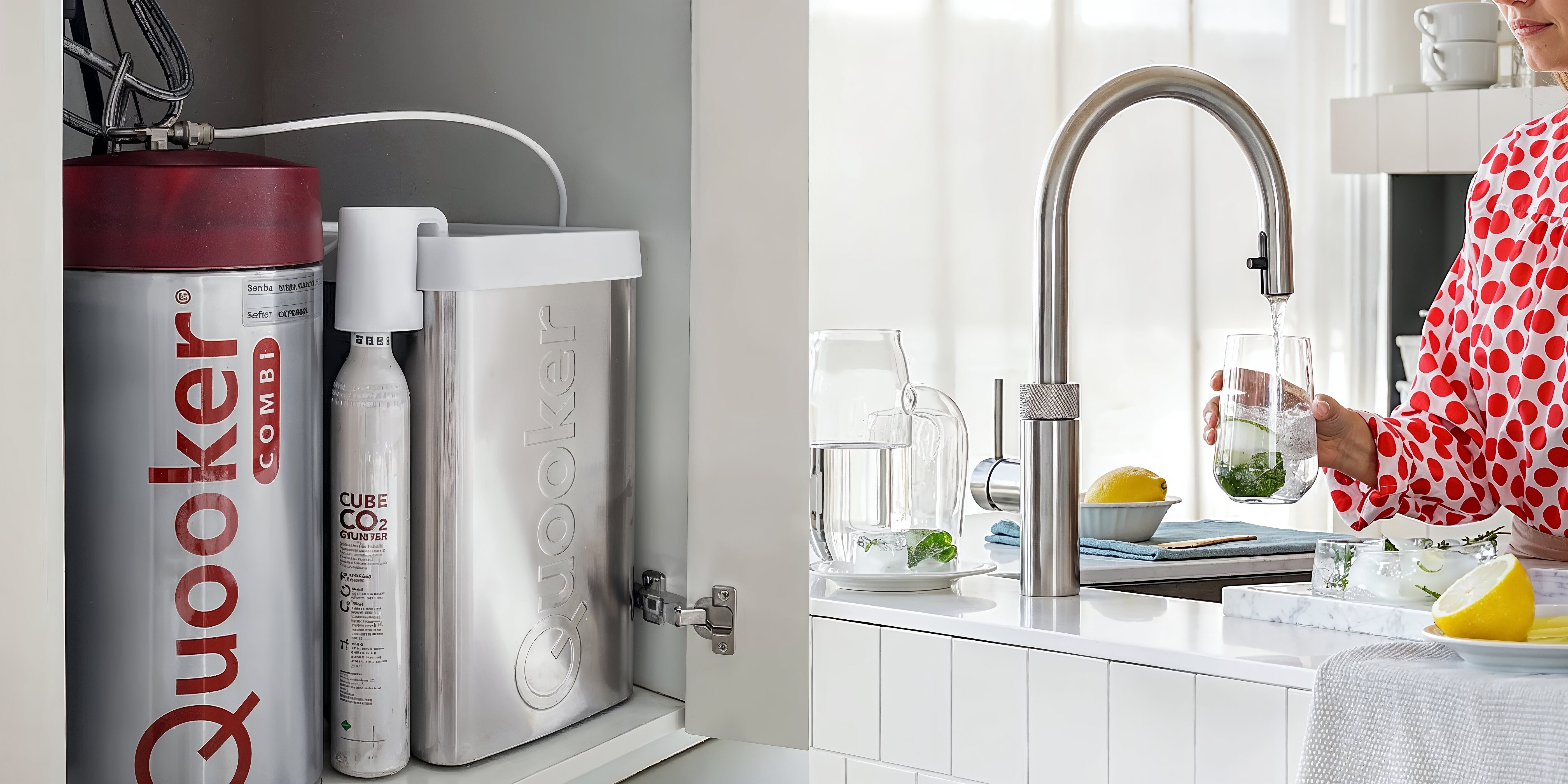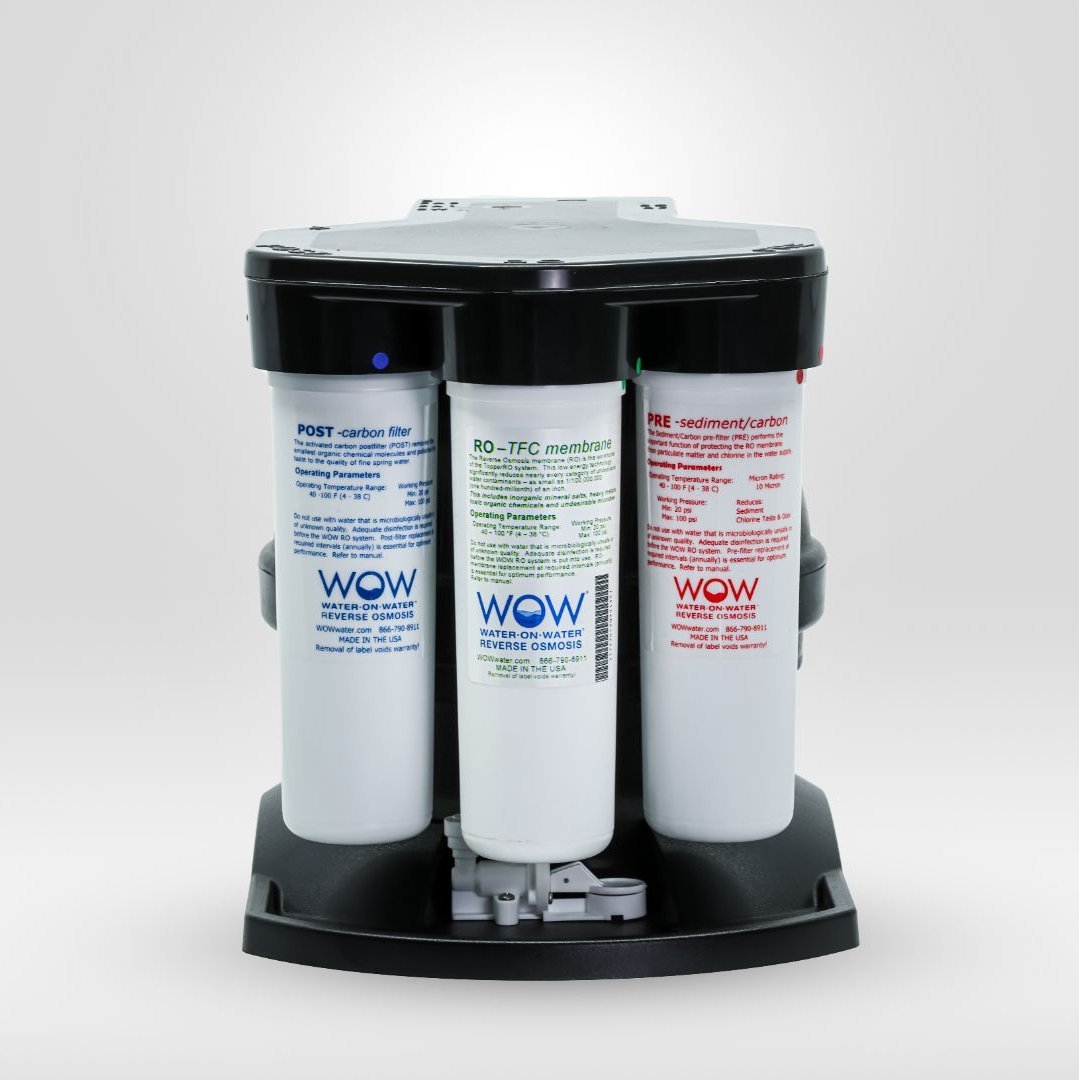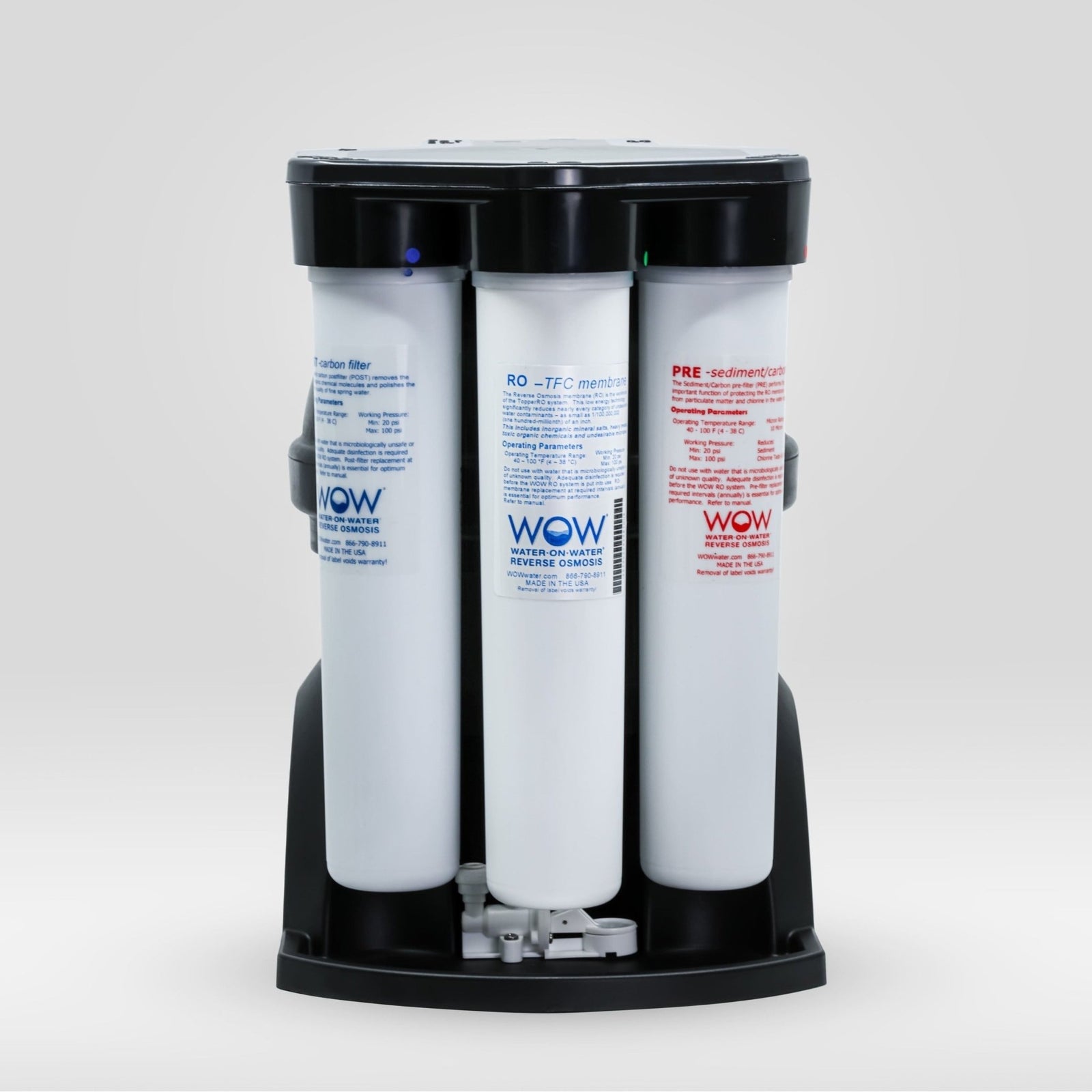In the world of chemicals, PFAS (per- and polyfluoroalkyl substances) are a topic of increasing attention. These substances are found in our environment, our food, and even in our tap water, raising questions about their safety and health. In this article, we delve deeper into what PFAS are, where they come from, and how they impact our lives, particularly in relation to PFAS in tap water.
What are PFAS?
PFAS is an abbreviation for per- and polyfluoroalkyl substances, a group of thousands of chemical compounds characterized by the presence of fluorine. These materials are highly durable and are often called "forever chemicals" because of their slow decomposition in the environment. PFAS are used in various products for their water- and grease-repellent properties.
Applications of PFAS
PFAS are used in numerous industries. Here are some examples:
- Fire extinguishers
- Cosmetics (such as waterproof makeup)
- Tehoste pans
- Dirt-repellent clothing
- Medical equipment
However, these versatile applications cause PFAS to enter the environment in an uncontrolled manner, leading to increases in PFAS levels in tap water.
Where do PFAS come from?
PFAS come from various sources, both industrial and consumer. Some of the most common sources are:
- Industry: PFAS are often used in the production processes of various goods, such as Teflon and other water-repellent materials.
- Wastewater: Many discharges from industry or domestic wastewater may contain PFAS, leading to contamination of surface water and groundwater.
- Agriculture: The use of certain pesticides and herbicides may also contain PFAS, which can lead to contamination of agricultural land and water supplies.
The role of PFAS in tap water
PFAS have been increasingly found in tap water in recent years as they accumulate in soil and groundwater. When these chemicals enter the water, they can pose serious health risks to water users. Organizations worldwide are working to develop methods to filter and remove these substances from our drinking water.
Health hazards of PFAS
Concerns about PFAS are not unfounded. Research has shown that PFAS in tap water and other sources poses health risks. Some of the health problems associated with PFAS include:
- Elevated cholesterol levels
- Immune system dysfunction
- Hormone disruptions
- Increased risk of certain cancers
The longevity of these chemicals in our bodies and the environment makes them particularly concerning. It's essential that consumers are aware of the presence of PFAS in their environment, including PFAS in tap water.
Legislation and regulation of PFAS
In response to the growing concern about PFAS, several countries and regions have taken initiatives to regulate the use of these substances. The Netherlands is no exception. The government and the European Union are working on regulations that will restrict the production, use, and discharge standards for PFAS.
Initiatives for limitation
Initiatives at national and European level include:
- Bans on certain PFAS products: Some parts of the EU have imposed restrictions on the use of specific PFAS in consumer products.
- Research and monitoring of PFAS levels: Regular measurements of PFAS levels in water bodies are carried out to monitor their presence and effect on human health.
- Education and Awareness: Organizations are working to inform the public about the risks of PFAS, particularly in drinking water.
How can you reduce PFAS in your life?
As a consumer, it's important to be aware of PFAS and consider ways to minimize your exposure. Here are some helpful tips:
- Avoid products known to contain PFAS, such as certain water-repellent clothing and non-stick pans.
- Check the labels of cosmetics and cleaning products for possible PFAS content.
- Use filtered or bottled water if you are concerned about PFAS in tap water.
The importance of testing for PFAS
If you suspect PFAS is present in your tap water, it's wise to have it tested. This can help you be better informed about the quality of your water and take possible measures to protect your health.
The future of PFAS
The debate surrounding PFAS is far from over. Scientists continue to research the effects of PFAS and develop technologies to remove them from our environment and drinking water. The hope is that with proper regulations and public awareness, the impact of these harmful substances can be mitigated.
Awareness and action
It's essential that everyone becomes aware of the risks posed by PFAS. By working with local and national authorities, we can have a positive impact on our environment and health. We, as consumers, have the power to create change by adjusting our preferences and choices.
Take action for a cleaner environment
The presence of PFAS in our daily lives is a significant issue that cannot be ignored. By actively participating, we can protect our health and contribute to a cleaner environment. Let us work together to improve the sustainability and safety of our water supply, especially when it comes to PFAS in tap water.
Take the first step today. Sharing information, consuming responsibly, and educating yourself about the risks of PFAS can make a world of difference in the future of our drinking water and our environment.
